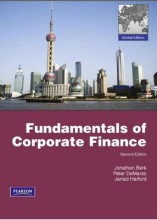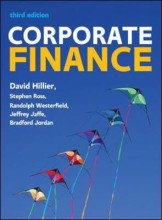The evolution of Organisation Theory
23 important questions on The evolution of Organisation Theory
What does the rational planning perspective of Ralph Davis state (1900-1930)?
What did the behaviouralists/humanists/human relations school (1930-1960) focus on, and what impact did their background have?
What are the characteristics of Elton Mayo's Hawthorne studies (1930-1960)?
- Higher grades + faster learning
- Never study anything twice
- 100% sure, 100% understanding
What are the characteristics of Chester Barnard's cooperative systems (1930-1960)?
What are the characteristics of Warren Bennis and the death of bureaucracy (1930-1960)?
List the 4 assumptions of Theory X and the 4 assumptions of Theory Y by Douglas McGregor (1930-1960). What is the application of these theories?
1. Employees dislike work
2. Employees must be coerced, controlled and threatened to achieve goals
3. Employees avoid responsibilities and seek formal direction
4. Employees prefer security over ambition
Theory Y:
1. Employees can view work as being natural
2. Humans will exercise self-direction if they are committed to the objectives
3. The average person can learn to accept and seek responsibility
4. Creativity (the ability to make good decisions) is not only for managers
Managers' view of employees is based on a certain grouping of assumptions and they tend to subordinate behavior towards these assumptions.
What are the characteristics of sociotechnical systems by the Tavistock Insitute (1930-1960)?
What characterized the period from 1950-1970, the unmanageable organization and decision making?
Which 2 approaches are there for studying organizations in 1950-1970?
2. Academic approaches: seek specific underlying themes which lack general appeal and require more knowledge to interpret.
What does the Peter principle imply (1950-1970)?
What did the Parkinson's laws imply (1950-1970)?
What did Herbert Simon imply with his satisficing theory (1950-1970)?
What did the complexity of decision making by James March imply (1950-1970)?
What is characteristic for contingency studies (1960-1980)?
What did Herbert Simon mean with his principles backlash (1960-1980)?
What did Katz and Kahn mean with their environmental perspective (1960-1980)?
What did Miles and Snow imply with the strategic imperative (1960-1980)?
What does paradigm proliferation suggest (1980-present)?
How did classical theorists, behavioural theorists and contingency theorists view power?
Behavioural: power issues could be solved by creating more people-friendly organizations and developing power to work groups and other structures lower in the organization
Contingency: did not take power into account
What did March and Simon imply with their limits to rationality (1980-present)?
What did Pfeffer's organizations as political arena imply (1980-present)?
What is typical for postmodernism (1980-present)?
What did the symbolic-interpretive perspectives (1980-present) imply?
The question on the page originate from the summary of the following study material:
- A unique study and practice tool
- Never study anything twice again
- Get the grades you hope for
- 100% sure, 100% understanding






























